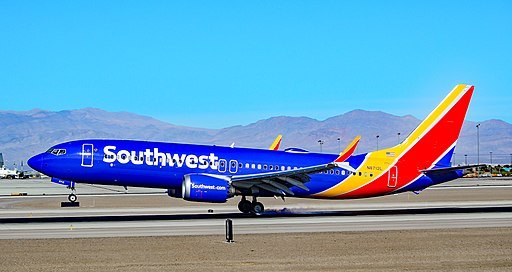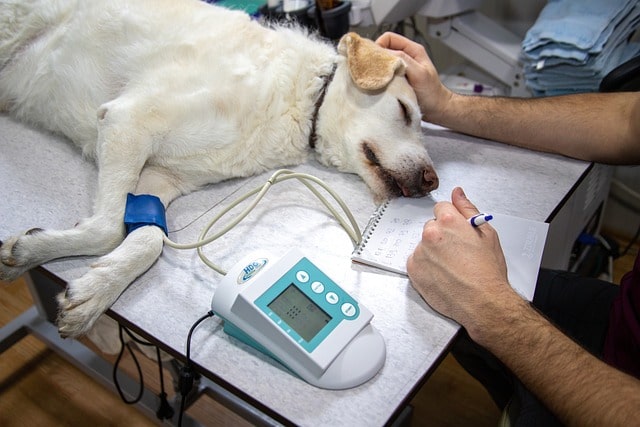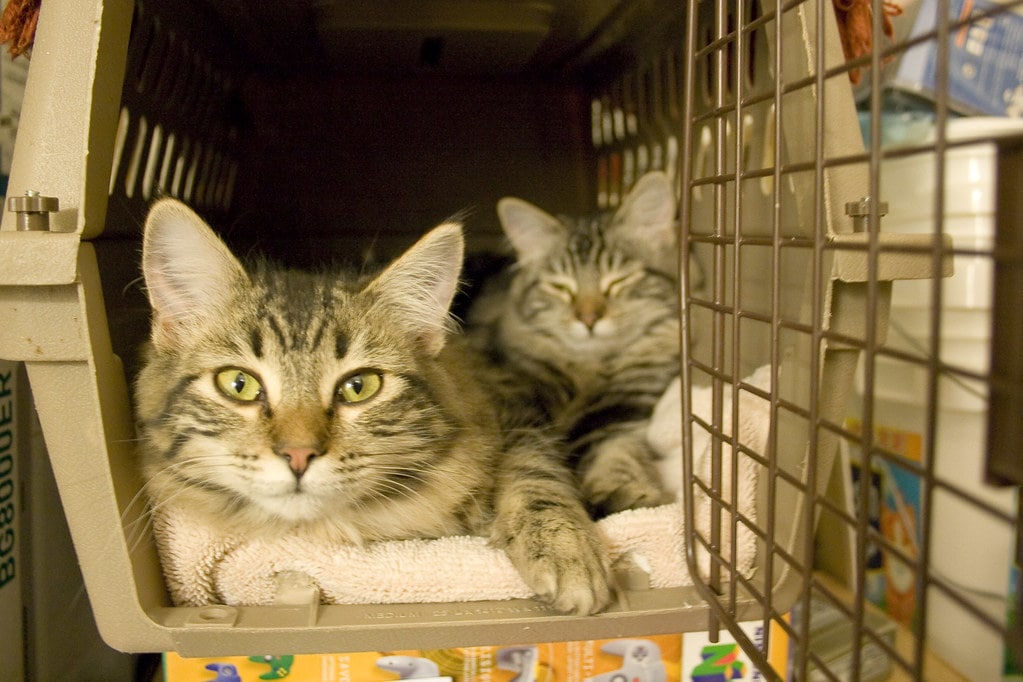Travelling with pets on planes can be an exciting yet challenging experience. Whether you’re planning a vacation or relocating to a new place, understanding the essential steps, airline options, regulations, and tips for a comfortable journey is crucial. In Paws on Board: Travelling with Pets, we will cover everything you need to know.
Preparing for Take-off
Several items need to be considered to ensure a smooth journey before taking to the skies. Planning and preparation include choosing your airline, consulting with a vet, researching airline policies and restrictions, navigating documents and certificates, investing in a proper carrier or crate, in-cabin versus cargo, preparing a travel kit, booking your flight well in advance, and tips to keep your pet calm.
Here, we will discuss the travelling with pets essential items in depth, so you are well-prepared to start your journey!
Choose Pet-friendly Airlines

When it comes to travelling with pets on planes, not all airlines are created equal. Some airlines are more pet-friendly, offering better accommodations and services for your furry companions. Here are some key factors to consider when choosing the right carrier for your pet:
Check policies and restrictions:
Each airline has its own set of rules and regulations regarding pet travel, so it’s important to choose an airline that aligns with your pet’s needs.
Consider the in-cabin pet policy:
If your pet is small enough to fit under the seat in a carrier, you may prefer an airline that allows pets in the cabin. This ensures that your furry friend can stay close to you throughout the journey, providing you both with peace of mind.
Evaluate the cargo hold facilities:
If your pet is too large to travel in the cabin, it’s essential to choose an airline that provides a safe and temperature-controlled environment in the cargo hold. Research the airline’s track record for pet safety and inquire about its procedures for loading and unloading pets.
Consider the overall experience:
Besides pet-specific considerations, assess the overall travel experience provided by the airline. Look for factors such as seat comfort, legroom, entertainment options, and customer service. A stress-free journey for you will translate to a more comfortable experience for your pet as well.
Read reviews and seek recommendations:
Before making a final decision, read reviews and seek recommendations from fellow pet owners travelling with pets on different airlines. Their firsthand experiences can provide valuable insights and help you make an informed choice.
Options: In-Cabin
Understanding the options and their implications will help you make the best choice for your furry friend. Here’s an overview of in-cabin and cargo travel for pets:
TRAVELLING WITH PETS IN-CABIN:
In-cabin travel provides several benefits, including:
Proximity to the owner:
Pets travelling in the cabin remain close to their owners throughout the journey, reducing stress and anxiety.
Temperature regulation:
The cabin environment is temperature-controlled, ensuring a comfortable experience for your pet.
Constant monitoring:
With your pet nearby, you can keep an eye on them and attend to their needs during the flight.
However, in-cabin travel has limitations, such as size and weight restrictions imposed by the airline. Additionally, the availability of in-cabin spots may be limited, so it’s essential to book early and check the airline’s specific requirements.
Options: In Cargo
For larger pets that cannot fit in the cabin, cargo travel is an alternative. Pets travelling in the cargo hold are safely secured in appropriate crates or kennels. Here are some key points to consider for cargo travel:
Temperature and ventilation:
Cargo areas are designed to maintain suitable temperature and ventilation levels for pets. However, it’s crucial to choose an airline with a good track record of pet safety and appropriate cargo facilities.
Space and comfort:
Cargo crates should be spacious enough for pets to move, stand, and lie down comfortably. Adequate bedding and absorbent materials should be provided for their comfort.
Separate handling:
Pets travelling in the cargo hold are often handled separately from regular luggage, ensuring their safety and minimizing stress during loading and unloading.
Additionally, it’s recommended to avoid cargo travel during extreme weather conditions.
Ultimately, the decision between in-cabin and cargo travel depends on factors such as the size and breed of your pet, airline restrictions, and your pet’s comfort level. Consulting with your veterinarian and the airline can help you make an informed decision.
Navigating Regulations/Documentation
Travelling with pets on planes involves navigating various regulations and documentation requirements to ensure a hassle-free journey. It’s essential to be well-prepared and comply with all necessary guidelines to avoid any last-minute surprises.
Research destination requirements:
Different countries and even different states may have varying regulations regarding pet importation, quarantine periods, and required vaccinations. Make a list of all the necessary documents and procedures to fulfill.
Visit the veterinarian:

Travelling with pets means making an appointment with your veterinarian well before you depart. They will be able to guide you on the required vaccinations, health certificates, and any additional treatments your pet may need before travelling.
Some countries may have specific vaccination or testing requirements, such as rabies vaccinations or blood tests, so it’s crucial to comply with these regulations.
Obtain health certificates when travelling with pets:
Most airlines and destinations require a health certificate issued by a veterinarian shortly before travel. This certificate confirms that your pet is in good health and fit to fly. Ensure that you have the necessary forms and documentation for this certificate and that it is completed within the required timeframe specified by the airline and destination country.
Check airline-specific requirements:
When travelling with pets, each airline may have its own set of travel requirements and documentation. Some airlines may require additional forms or specific information, so carefully review their guidelines and contact them directly if you have any questions or need clarification. It’s important to comply with their regulations to avoid any issues during check-in.
Identification and microchipping:
Ensure that your pet has proper identification, such as an ID tag with your contact information, securely attached to their collar. Additionally, consider microchipping your pet if they aren’t already. This provides an added layer of security in case they get separated from you during the journey.

Familiarize yourself with airline procedures:
Understand the check-in procedures, security screenings, and any additional requirements for travelling with pets on the specific airline you’ve chosen. Be prepared to arrive at the airport early to allow ample time for these procedures.
By researching and fulfilling all necessary regulations and documentation requirements, you can ensure a smooth and stress-free travel experience for both you and your pet.
Tips to Keep Pet Calm
It’s important to try and keep your pet calm to ensure a comfortable journey for all. Here are some tips:
Familiarize your pet with the carrier:

Introduce your pet to their travel carrier well in advance of the trip. Place their favourite toys, treats, and blankets inside the carrier to create a positive association. Gradually increase the time your pet spends inside the carrier, making it a comfortable and familiar space.
Maintain a routine:
Stick to your pet’s routine as much as possible on the day of travel. Feed them at their usual mealtime and take them for a walk or play session to help them burn off excess energy before the flight. A tired pet is more likely to remain calm during the journey.
Avoid tranquillizers:
While it may be tempting to sedate your pet for the journey, it’s generally not recommended. Tranquillizers can affect your pet’s respiratory system and balance, which can be dangerous at high altitudes. Instead, consult your veterinarian for natural calming remedies or anxiety-reducing techniques.
Keep identification on your pet:
Ensure that your pet is wearing a secure collar with identification tags that include your contact information. It’s also a good idea to have a recent photograph of your pet in case they become separated from you during the journey.
Choose direct flights whenever possible:
Direct flights reduce the overall travel time and minimize the chances of your pet experiencing additional stress during layovers or transfers. If a direct flight is not possible, choose flights with the shortest possible layover times.
Avoid peak travel times when travelling with pets:
Try to book flights during less busy times to minimize the noise and commotion in the airport and on the plane. This can help reduce stress for your pet.
Communicate with airline staff:
You should let the airline know that you are bringing a pet. They can provide guidance and support during the check-in and boarding process. They may also have specific instructions for carrying or stowing the carrier during the flight.
Stay calm and reassuring:

Pets can sense their owner’s emotions, so remaining calm and reassuring during the journey will help keep your pet at ease. Speak softly to them, offer treats or toys for distraction, and provide gentle reassurance throughout the journey.
Conclusion:
Travelling with pets on planes requires careful planning, consideration, and adherence to regulations. By preparing for takeoff, choosing a pet-friendly airline, understanding in-cabin and cargo travel options, navigating regulations and documentation, and keeping your pet calm, you can make the experience more seamless and stress-free for your furry friend.
By following these guidelines, you can embark on a journey with your pet with confidence, knowing that their well-being and comfort are prioritized. So, pack your bags, make the necessary preparations, and embark on an adventure with your four-legged companion by your side. Happy travels, and may you create wonderful memories together as you take to the skies with “Paws on Board”!
If you are interested in more articles like this, let us know. If you don’t have pets and prefer to look after other people’s fur babies, check out our house sitting articles here.

We love to travel. For our trip to Mexico, we were able to save money by house sitting, which was something completely new to us. If this is something that interests you, then check out TrustedHousesitters or HouseSitMexico (be sure and use Code thetr6210d47b7cc90 for discount). We hope you visit often.